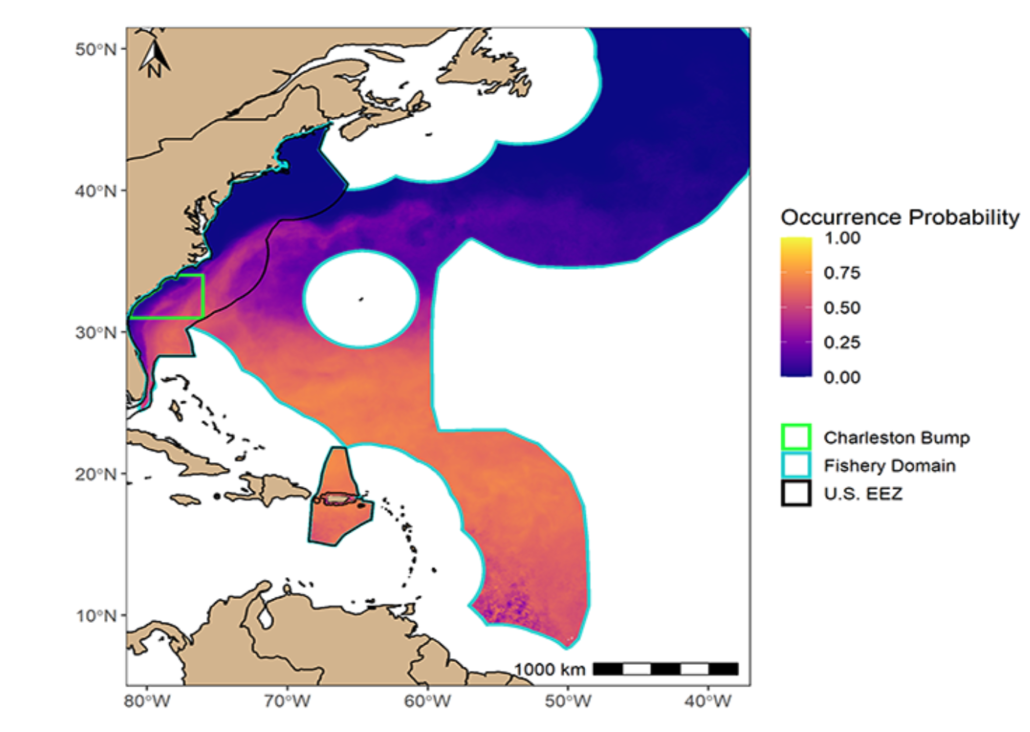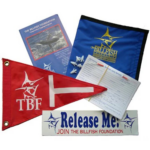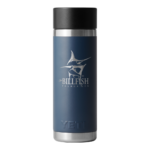In September 2021, an article published in Marine Biology, Journal of Life in Oceans and Coastal Waters, was distributed by the NMFS as a paper and computer model that might be used as a possible decision-making tool for determining whether to open Closed Zones off East and Gulf of Mexico coasts.

This model called the “Highly Migratory Species Predictive Spatial Modeling (PRiSM) would be an analytical framework for assessing the performance of spatial fisheries management.”
A review of the paper identified flaws that should preclude the application of this PRISM model to any Closed Zone Decisions. The paper presented an exercise of using a binary logistic regression model to predict the probability of bycatch by pelagic longline and benthic longline fisheries. The method of binary logistic regression is a powerful tool for estimating binary probabilities if it is used correctly. However, TBF’s review did not substantiate the correct application of the method.
Stay up-to-date on this and other related news by signing up for TBF’s newsletter here. To further support TBF’s mission consider donating or joining our team by becoming a member.






